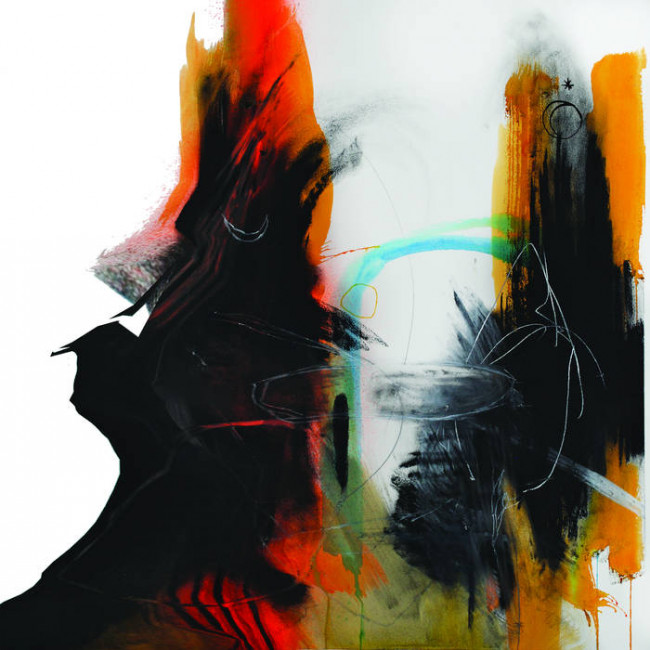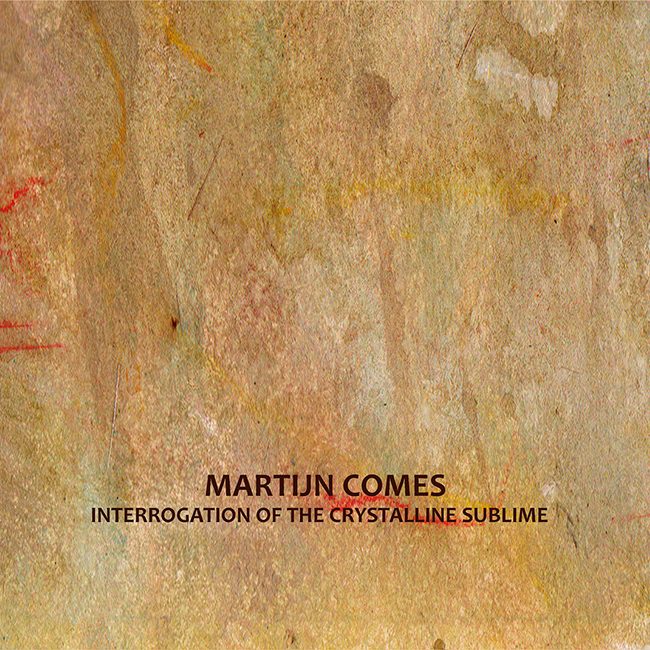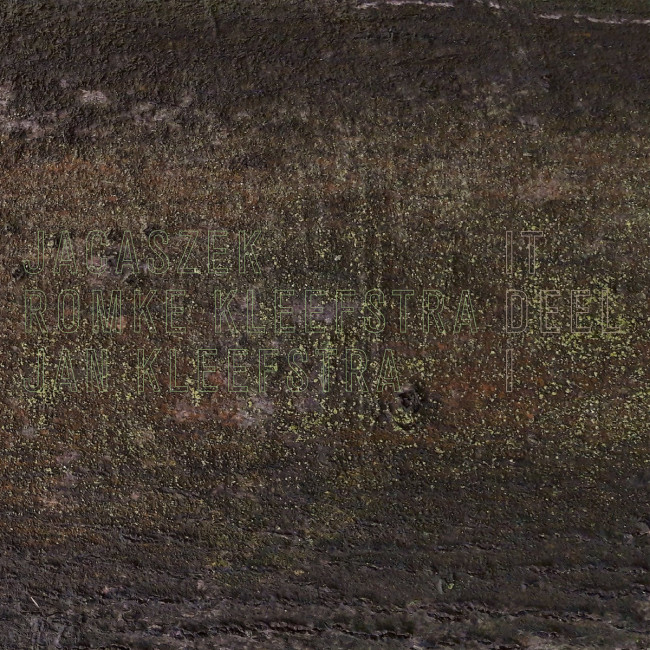- Jos Smolders
- Textuur 1 [number 1-9]
- Series: Moving Furniture Records
- Format: Cd
- Jos Smolders
- Textuur 1 [number 1-9]
- Series: Moving Furniture Records
- Format: Cd
After two collaborations Jos Smolders returns to Moving Furniture Records with his solo album Textuur 1 [numbers 1-9], the first part of a series where he investigates the sonic textures of sounds taken from their original context.
Textuur 1 [ number 1-9] is released as CD mastered byJos Smolders, in artwork designed by Rutger Zuydervelt.
About Textuur 1 [numbers 1-9]
The Textuur project
This album is part 1 in a series where I investigate processes with which to strip sounds from their original context and slice them into tiny bits. By doing this, sounds are separated from their source and as such severed from what they originally represented. What’s interesting and challenging for me in this project is to find the crossover area where representation disappears, and the sound becomes an abstraction. The moment when this happens varies depending on the original sound. Already in the 1950s, Schaeffer investigated this and introduced the term objet sonore as an object that has a sonic quality of its own. In addition to the objet sonore, Schaeffer also defined the objet musicale, which is the state after the sound object is manipulated and transformed into a musical entity. One could say that the objet sonore is the raw material and the objet musicale the intermediate or the final product.
Each Textuur project is built up in a similar fashion. There are two groups of sound. First there are the collections which consist of samples of the original material. The other group consists of various permutations. The samples from the collections are torn apart into threads of various widths and subsequently rewoven into a new synthetic fabric. Sound is thus stripped from its original value and meaning and resynthesized into a new texture. Each permutation is the result of a fresh approach. Although they are presented in a certain order on the album, you are free to play them in any order you like and even skip some parts. Like the experience I had with Carl Andre’s poems, in this project listeners can investigate at what point the source (as presented in the collections), and the meaning of that source, disappears into the sonic surface it is woven into. Sometimes it completely blends in and becomes an anonymous part of a big whole. At other times, it retains its original shape and most times simultaneously its original meaning. It’s amazing, as you will hear, how persistent meaning of actual words can be.
Listeners are invited to design their own permutation or permutation of the permutation.
Reviews
Vital Weekly, Bauke van de Wal
Some albums get your brain working. You’ll plant some conceptual seed in your mind, and you start thinking or even philosophizing. It depends on the planted seed, how your brain works, mental (dis)abilities, and, oh yeah, the amount of coffee you had that day. So when I started listening to this album after 6 cups, my brain went into overtime, and I just couldn’t stop having the weirdest thoughts.
Math is a language in which numbers are letters and equations are words with incorrect grammar. Longer sequences of numbers are difficult words with a specific meaning. Due to what we learned or know or our background different words have different meanings. The English ‘rust’ is oxidized metal, and the Dutch ‘rust’ is rest. But ‘rest’ in English and Dutch can mean ‘leftover’. But ‘666’ in any language will be directly connected to the Bible and the number of the beast, while it loses its strength when it’s used in an endless sequence where it deteriorates to sicksicksicksicks … Wasn’t it a Current 93 track with the lyrics ‘Sick Sick Sick of Six Six Six’?
This is all in my mind; probably, it has nothing to do with the conceptual approach of Jos Smolders on “Textuur 1”, but it emphasizes what music can do with someone. And THAT, my little droogies, THAT is the power of art and, in this case, sonic art. Jos works with ‘Objects Sonore’ being soundbites, samples, and grains, and he reworks them into something different. Four collections with basic manipulations and seven permutations where he continues exploring the trajectory given in the previous ‘collection’. Sounds extrapolated from the most basic sound objects going into rhythmic structures, drones, pads, ambience, minimal noise … All depending on that source and on a lower level then I mentioned before. The ‘t’ in two or three becomes the structured ‘t.t.t.t.t.t.t’ while the ‘s’ in seven creates ‘sssssssss’ … It’s a different language – a meta-language if you want -, where it’s not math that is the language but where it’s the letters that are used to form the words that are the language, are the basics to create art. With this in mind, the sequence of “Collection 1” is 1(2)234(8)7(2)55(6) … Does this have a meaning? Or is it as random as the aleatoric works of Brian Eno?
This is Part #1 of a triptych, with Parts #2 and #3 recently being released on Cronica … I advise gettingI suggest getting all three of them (I still need #3) so you can finalize the circle. Amazingly beautiful in all its beautiful layers, those mentioned in the lines notes and those added by your mind.
Eleven out of Ten stars. (BW)
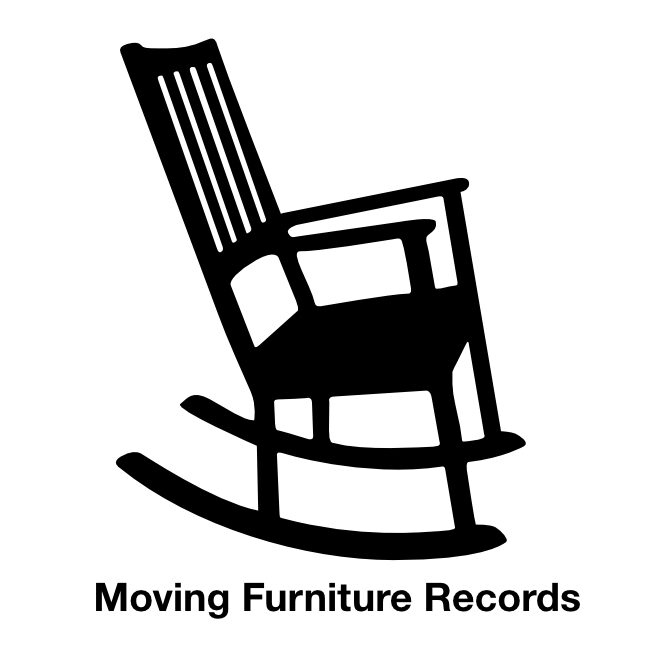
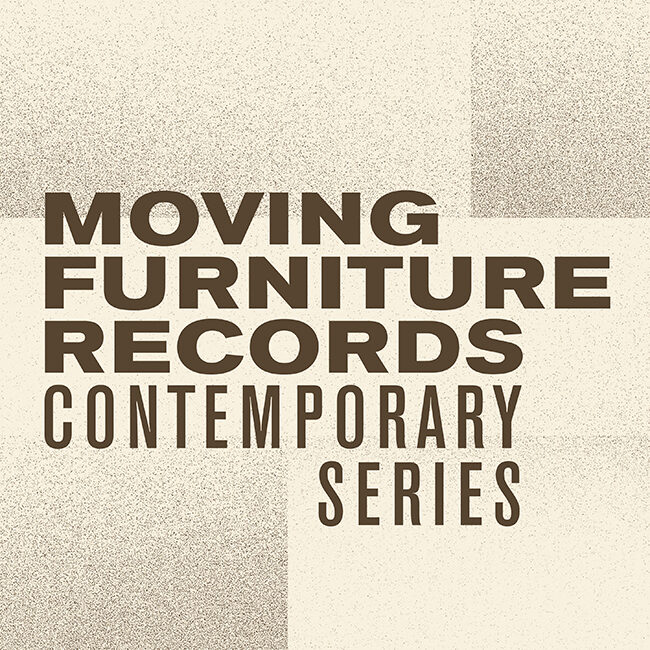
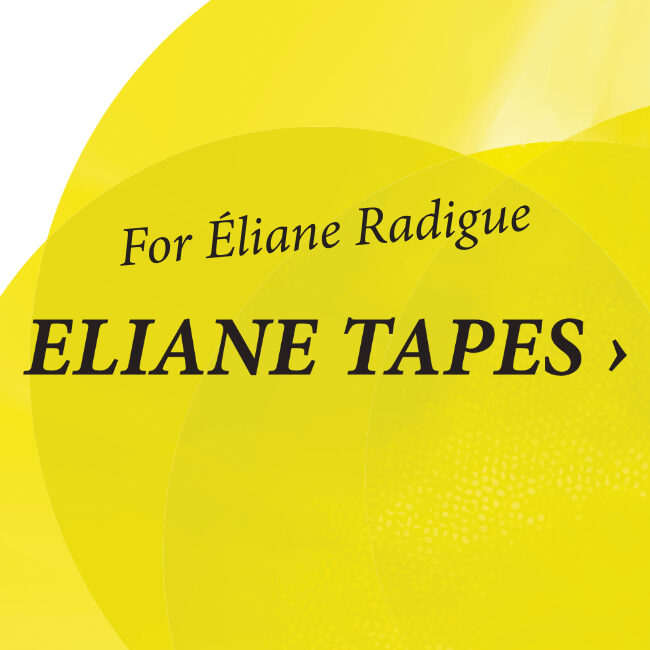

![Jos Smolders - Textuur 1 [number 1-9] 1 mfr114 websitebanner](https://movingfurniturerecords.com/wp-content/uploads/mfr114_websitebanner.jpg)
![Jos Smolders - Textuur 1 [number 1-9] 2 Jos Smolders - Textuur 1 [number 1-9]](https://movingfurniturerecords.com/wp-content/uploads/MFR114-cover-600-px.jpg)
